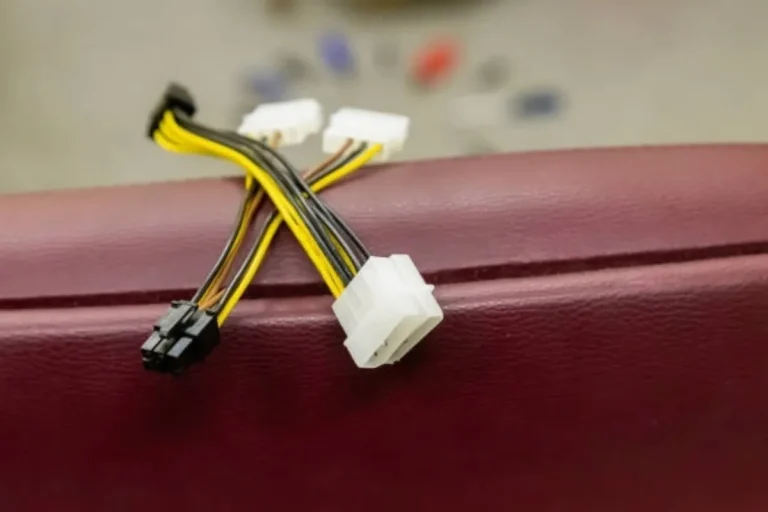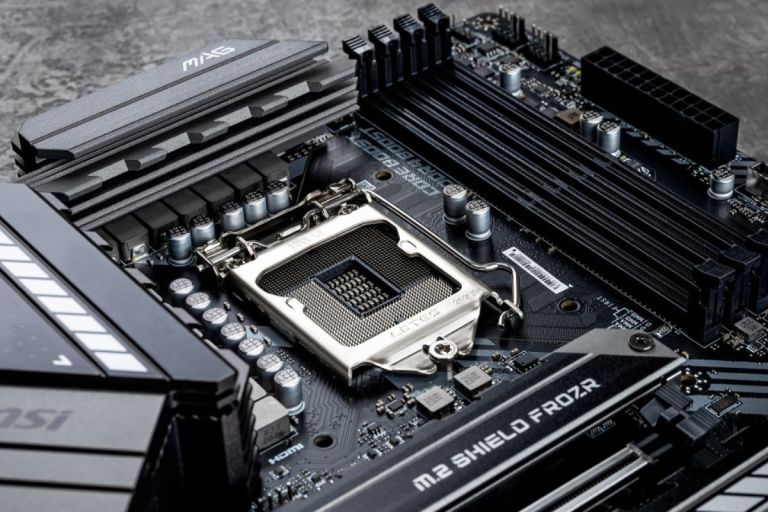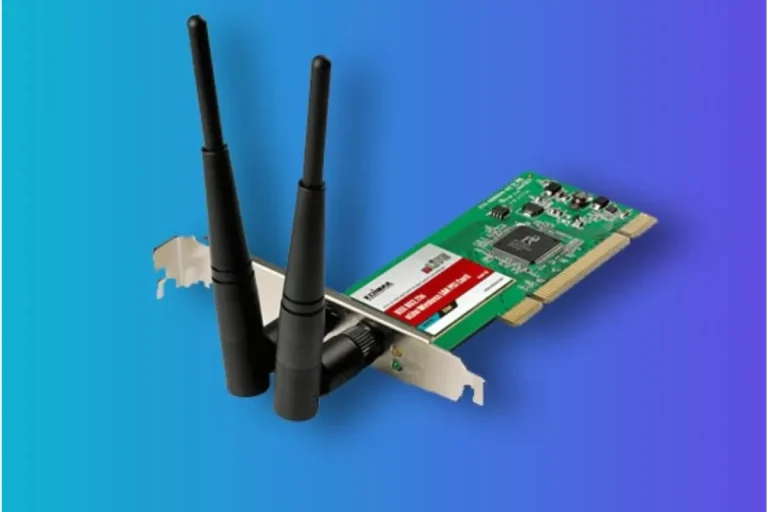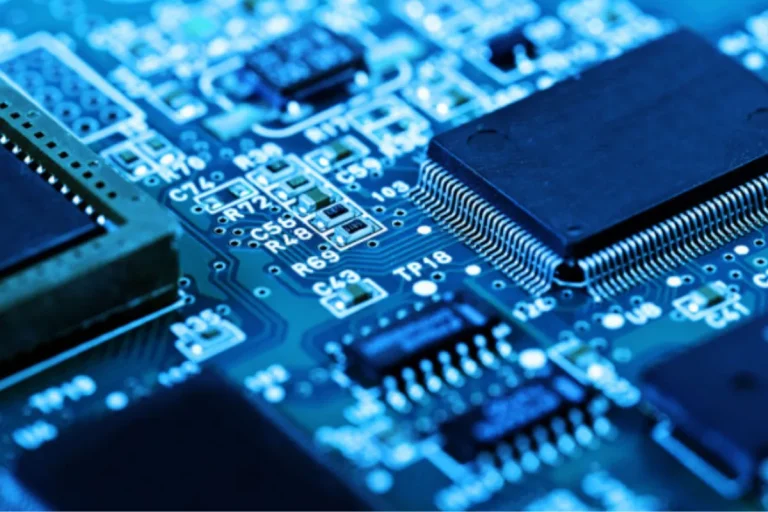What makes a motherboard good for gaming?
Are you a gaming enthusiast searching for the perfect motherboard to enhance your gaming experience? Look no further! In this informative guide, we’ll explore what makes a motherboard good for gaming. From compatibility with the latest processors to robust power delivery systems and expandability options, we’ve got you covered.
Socket Compatibility
When it comes to choosing a motherboard for gaming, one crucial factor to consider is socket compatibility.
Explanation of different CPU socket types
A CPU socket is the physical interface that connects the processor to the motherboard. Different processors require different socket types, so it’s essential to choose a motherboard that is compatible with your CPU.
The socket type determines the number of pins and the layout of the CPU, which directly affects the performance and compatibility of your gaming rig. Each socket type is specifically designed to work with a particular generation or series of processors.
For example, Intel processors typically use socket types like LGA 1151 or LGA 1200, while AMD processors commonly require AM4 or TR4 sockets. It’s crucial to ensure that your chosen motherboard supports the specific socket type of your CPU.
Mention compatibility with the latest gaming processors
To ensure optimal gaming performance, it’s essential to choose a motherboard that is compatible with the latest gaming processors. Gaming processors are constantly evolving, offering improved performance and efficiency.
When selecting a motherboard, check for compatibility with the latest processor models from your preferred brand, whether it’s Intel or AMD. This ensures that you can take full advantage of the processor’s capabilities and enjoy a seamless gaming experience.
Power Delivery System
When it comes to gaming, a robust power delivery system is a game-changer for stability and performance. so crucial and delve into the significance of voltage regulation modules (VRMs).
Importance of a robust power delivery system
A reliable power delivery system is essential for a stable and efficient gaming experience. It ensures that your components receive a consistent and clean supply of power, preventing sudden crashes or performance issues during intense gaming sessions.
A robust power delivery system consists of quality components such as capacitors, chokes, and MOSFETs. These components work together to regulate the flow of power to your CPU and other critical components, ensuring they receive the right amount of power at all times.
Without a proper power delivery system, your components may not receive sufficient power, leading to instability, crashes, or even damage. It’s like trying to run a high-performance car with an inadequate fuel supply – it simply won’t perform optimally.
Significance of voltage regulation modules (VRMs)
Voltage regulation modules (VRMs) are key components of the power delivery system. They regulate the voltage supplied to the CPU, ensuring it operates within the specified range for optimal performance and longevity.
VRMs play a vital role in converting the voltage from the power supply into a suitable level for the CPU. They also assist in managing power consumption and heat dissipation. A motherboard with high-quality VRMs can handle higher power demands, allowing for potential overclocking and better performance.
When selecting a gaming motherboard, pay attention to the VRM specifications. Look for motherboards with robust VRM designs and adequate cooling solutions to ensure stable power delivery, even under heavy gaming loads.
Memory Slots and RAM Support
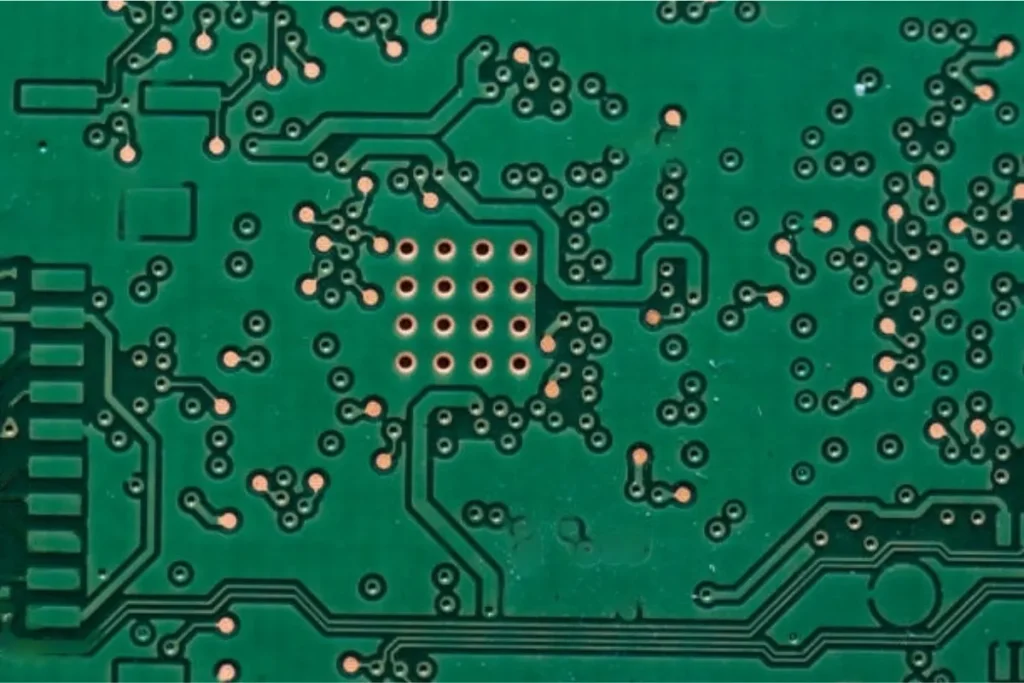
When it comes to gaming, the memory slots and RAM support of a motherboard can significantly impact your gaming performance. The number of memory slots and compatibility with high-speed RAM modules can enhance your gaming experience.
Discuss the number of memory slots and their impact
The number of memory slots on a motherboard determines how much RAM you can install. More memory slots mean greater flexibility when it comes to upgrading your RAM in the future. This is important because gaming performance is heavily reliant on the amount of RAM available.
With more memory slots, you can install higher-capacity RAM modules, allowing for smoother multitasking and improved overall performance. Games nowadays often require a substantial amount of RAM to run optimally, so having the ability to add more RAM can give you a competitive edge.
Explain the compatibility with high-speed RAM
In addition to the number of memory slots, it’s crucial to consider the compatibility of the motherboard with high-speed RAM modules. High-speed RAM, such as DDR4, offers faster data transfer rates, resulting in quicker loading times and smoother gameplay.
When choosing a gaming motherboard, ensure that it supports the desired speed and capacity of the RAM modules you plan to use. Some motherboards may have specific limitations on the maximum speed or capacity of RAM they can accommodate.
Frequently asked questions
1. How many PCIe slots are typically available on a motherboard?
Most motherboards today come with at least one PCIe slot, but higher-end models usually offer multiple slots. The number of PCIe slots can vary, ranging from two to four or more, depending on the motherboard’s form factor and specifications.
2. Can I use a PCIe slot for something other than a graphics card?
Absolutely! PCIe slots are versatile and can be used for various expansion cards. While graphics cards commonly occupy PCIe slots, you can also utilize them for sound cards, network adapters, RAID controllers, or even high-speed storage devices like NVMe SSDs.
3. What is the importance of multi-GPU support for enthusiasts and high-end gaming? Multi-GPU support allows enthusiasts and high-end gamers to use multiple graphics cards simultaneously. This setup can significantly enhance gaming performance, enabling smoother gameplay and higher frame rates, especially in graphically demanding titles.
4. Are all motherboards compatible with multi-GPU configurations?
No, not all motherboards support multi-GPU configurations. To enable multi-GPU setups, the motherboard must have the necessary hardware and support technologies like NVIDIA SLI or AMD CrossFire.
5. Can I mix different GPU models or brands in a multi-GPU setup?
In most cases, it’s not recommended to mix different GPU models or brands in a multi-GPU setup. While it may technically be possible, there can be compatibility issues, driver conflicts, and performance inconsistencies.
Conclusion
A good gaming motherboard is like the backbone of your gaming rig. It provides the foundation for powerful components, seamless performance, and future upgrades. From robust power delivery to ample connectivity options, a motherboard designed for gaming ensures that you can immerse yourself in the gaming world without any bottlenecks or limitations.
